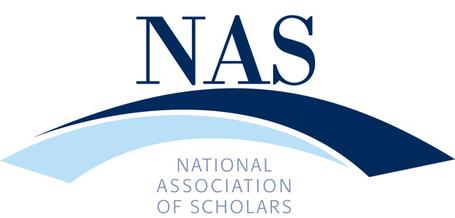One-Sided Loser Pays Is the Worst of Both Worlds

The dirty secret of the legal profession is that the legal system is designed for lawyers. Take litigation, for example. The procedural rules—liberal pleading requirements, broad rights to pre-trial discovery, potential certification of class actions—make it possible for plaintiffs’ lawyers to file lawsuits on a hunch, go on an expensive fishing expedition, and if they are lucky to recover damages on behalf of people they don’t even represent.
As detailed in Walter Olson’s classic 1991 book, The Litigation Explosion, the entire legal system incentivizes litigation, and nowhere is this more apparent than the treatment of attorneys’ fees. The United States, practically alone in the world, does not follow the so-called English rule—loser pays. The “American rule” is that each side generally bears its own attorneys’ fees in litigation, so that a defendant who incurs a fortune defending a meritless lawsuit has no recourse against the unsuccessful plaintiff.
To add insult to injury, many “civil rights” laws and other statutes creating causes of action (the right to bring lawsuits) create one-sided recovery of attorneys’ fees: if the plaintiff wins, he recovers; but the defendant never recovers, even if he wins. Heads, I win; tails, you lose. I wrote about this in a 1995 piece for Reason, entitled “Attorneys’ Fleece.” And not only do many plaintiffs get to recover their attorneys’ fees if they prevail, without risk of paying the defendant’s fees if they lose, the attorneys’ fees are calculated in an absurd manner.
Just as the asymmetrical award of prevailing party attorneys’ fees was a judicial creation [Christiansburg Garment Co. v. EEOC, 434 U.S. 412 (1978)], the “lodestar” method of calculating such fee awards was also concocted by courts—for the benefit of lawyers. Instead of using as a baseline for establishing “reasonable” attorneys’ fees the actual fees billed and paid by the prevailing plaintiff (which would be zero in a contingent fee case or a bona fide pro bono matter), courts determine recoverable attorneys’ fees by using a “market rate” multiplied by the number of hours logged by the lawyers, often significantly increasing the total with upward adjustments based on the “novelty” or “difficulty” of the case and other assorted factors.
Typically, the amount of attorneys’ fees awarded does not depend on the amount of damages recovered—in other words, a nominal damages recovery can justify a large award of attorneys’ fees. In my Reason piece, I discussed a sexual harassment case in California in which $1.8 million in attorneys’ fees was awarded in a case where the compensatory damages were only $50,000. [Weeks v. Baker & McKenzie, 63 Cal. App. 4th 1128 (1998)]
All of this is a preface to a news item that caught my eye recently, from the San Diego Union-Tribune. The headline tells the story: “Special ed case costs approach $1M.” In 2007, a family living in San Diego County demanded that the local school district reimburse them for $6,100 in private school tuition for their four-year old autistic child because the special education plan offered by the district was rejected as unsatisfactory. The school district, fearing a precedent that would obligate the taxpayers to fund private tuition for special needs children, fought the case—ultimately unsuccessfully.
The family’s lawyer submitted a claim for attorneys’ fees in the whopping amount of $787,000, even though the family had moved out of state in 2010—meaning that, at most, only three years of tuition were in dispute. The court trimmed the request to $580,000 on the ground that some of the work performed related to arguments that were unsuccessful. Still, the $580,000 awarded amounts to roughly two percent of the small school district’s annual budget. Would the family have litigated this case on their own nickel, or if they faced the prospect of paying the school district’s defense costs if they lost? One-sided loser pays stacks the deck against defendants and incentivizes litigation.
As I said in the Reason piece many years ago:
All economic activity responds to incentives, and litigation is no exception. Even without fee-shifting statutes, there are plenty of contingent-fee wildcatters willing to prospect for damages by filing speculative lawsuits. When courts confer on prevailing plaintiffs the additional windfall of exorbitant attorneys’ fees, while at the same time denying fees to prevailing defendants unless the cases were utterly groundless, they are unabashedly encouraging unnecessary litigation by rewarding the filing of weak claims and encouraging the excessive litigation of all claims. “Enhancements” and “multipliers” explicitly incentivize lawsuits.
Webster’s defines barratry as “the practice of exciting and encouraging or maintaining lawsuits or quarrels: the persistent incitement of litigation.” The judiciary used to punish barratry. Now the courts are engaged in it. Is it any wonder we are drowning in a flood of lawsuits?
































